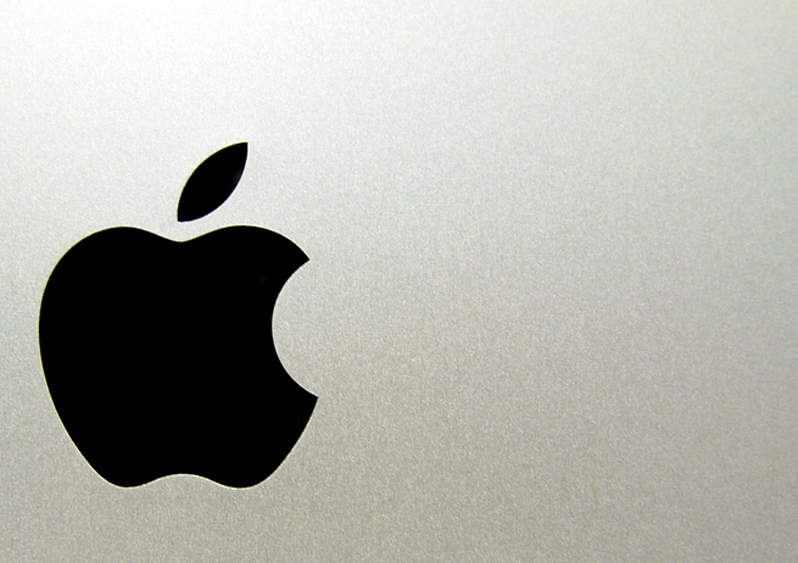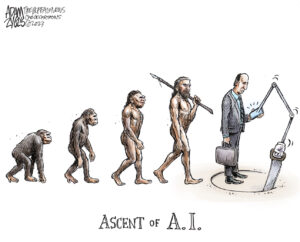Apple Continues Its Quest for World Domination With the iPhone X
CEO Tim Cook declares the company's new product "the biggest leap forward since the first iPhone."
Apple has a reputation for hyping its new products. The iPhone X (as in “10”), the company’s latest release, is no exception.
Apple CEO Tim Cook called the product “the biggest leap forward since the first iPhone.”
According to the launch, the iPhone X has four new features. Apple has decided to remove the home button in what seems to be an attempt to imitate other smartphones and appeal to the market in China, where iPhone sales have been on the decline. Apple also has removed fingerprint ID and replaced it with facial recognition, another feature other smartphones have had for a while. In addition, the new phones include wireless charging and animated emojis.
The major leap appears to involve the price, which ranges from $999 to $1,149. The parts still will be assembled largely by Taiwanese manufacturing partner Foxconn, although Apple is looking to open a new factory in India to sell directly to customers there.
Anthony Lydgate of The New Yorker was not impressed with Apple’s new product, calling the unveiling “Apple’s mundane vision of the future.”
From Lydgate’s review:
As ever, there was the strange sense that the future was being announced, and that it would soon be the past, and that our everyday lives would be changed not just in “revolutionary,” “magical,” and “incredible” ways but in tiny ones that would nonetheless pointlessly occupy many of our waking hours. For instance, the same face-scanning technology that Apple plans to use for our security will also allow us to send animated emoji, called animoji. Craig Federighi, the company’s senior vice-president of software engineering, came onstage to explain the new feature, mapping his own face onto that of a cartoon puppy. “Check out the physics in the ears,” he said, flopping them from side to side. For a moment, it almost seemed worth the iPhone X’s thousand-dollar price tag.
If you shell out a thousand dollars, you can see for yourself.
For a summary of the iPhone X, you can watch a two-minute video here.
Your support matters…Independent journalism is under threat and overshadowed by heavily funded mainstream media.
You can help level the playing field. Become a member.
Your tax-deductible contribution keeps us digging beneath the headlines to give you thought-provoking, investigative reporting and analysis that unearths what's really happening- without compromise.
Give today to support our courageous, independent journalists.






You need to be a supporter to comment.
There are currently no responses to this article.
Be the first to respond.